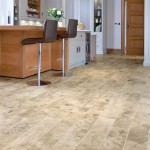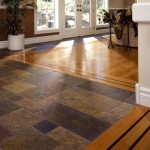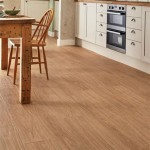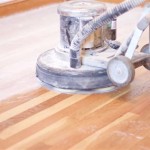Floating vinyl flooring is an affordable and trendy way of adding a touch of style to your home or commercial space. It is easy to install, requires little maintenance and is available in a wide range of colors and styles. It looks great, is durable and lasts for years. In this guide, we will look at the benefits of having a floating vinyl floor, installation and maintenance tips, and the pros and cons of this type of flooring.
Benefits of Floating Vinyl Flooring
One of the main benefits of floating vinyl flooring is its low cost. Compared to other types of flooring, floating vinyl is one of the most affordable and budget-friendly options. Additionally, it is easy to install, which can save you both time and money.
Floating vinyl flooring is also a great choice for those who are looking for a durable and long-lasting flooring option. This type of flooring is resistant to scratches and dents, and is able to withstand high traffic areas without showing wear and tear. It is also waterproof, making it a great choice for bathrooms, kitchens, and other areas of the home or commercial space that are prone to moisture.
Finally, floating vinyl flooring is available in a wide range of colors and styles, so you can easily find a look that matches your existing decor. You can choose from various textures and patterns, so you can easily create a unique look for your home or commercial space.
Installation Tips
Floating vinyl flooring is fairly easy to install, but there are a few things you should keep in mind. First, you will need to make sure that the floor is clean and free of any dust or debris. You should also make sure that the subfloor is level and in good condition.
Once the subfloor is ready, you can begin laying the vinyl planks. Start at one corner of the room and work your way out, making sure to stagger the planks as you go. Once all the planks are laid, you will need to use a roller to press them into place.
Finally, you will need to seal the edges of the flooring and add trim. This will help to keep the edges of the planks from peeling up and will give your floor a finished look.
Maintenance Tips
Floating vinyl flooring is relatively low maintenance and requires only a few simple steps to keep it looking like new. You should sweep or vacuum the floor regularly to remove dirt and debris. You should also mop the floor occasionally, using a mild detergent.
If there are any spills or stains on the floor, you should clean them up immediately. For tougher stains, you can use a mild cleaner or a specialized vinyl floor cleaner.
Pros and Cons of Floating Vinyl Flooring
Like any type of flooring, there are both pros and cons to floating vinyl flooring. The main benefits of this type of flooring are its affordability, easy installation, and durability. Additionally, it is available in a wide range of colors and styles, so you can easily find a look that matches your existing decor.
The main drawbacks of floating vinyl flooring are that it can be easily scratched or dented, and it can be difficult to repair if damaged. Additionally, it is not as eco-friendly as some other types of flooring, such as cork or bamboo.
Conclusion
Floating vinyl flooring is a great choice for those who are looking for an affordable, easy to install, and durable flooring option. It is available in a wide range of colors and styles, so you can easily find a look that matches your existing decor. It is also relatively low maintenance, requiring only regular sweeping, vacuuming, and occasional mopping. However, it is not as eco-friendly as some other types of flooring, and it can be easily scratched or dented.
:max_bytes(150000):strip_icc()/easy-install-plank-vinyl-flooring-1822808-02-19a3b80cd59943938a401560203706f3.jpg)
:max_bytes(150000):strip_icc()/easy-install-plank-vinyl-flooring-1822808-09-a1f83db7bdf74f279f45594b897de82d.jpg)








:max_bytes(150000):strip_icc()/clean-vinyl-floors-4769231_05_0671-7870f8818b0847028550f0f3d9d05199.jpg)




Related Posts








